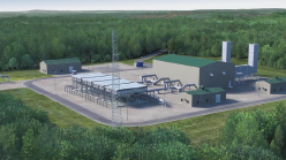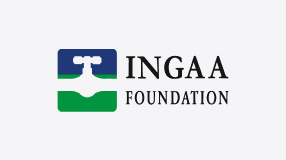This document (referred to hereafter as "the Plan") provides a framework of messages and opportunities that will assist INGAA, INGAA Foundation members and operators in the interstate natural gas transmission business to better communicate with a variety of key constituencies.
The Plan is designed as a comprehensive reference piece to benchmark and better focus the on-going communications efforts of INGAA and its member companies. It is designed to combine perceptions, messages and recommendations into a "one stop" reference tool to help various entities in the natural gas transmission business speak with a unified tone and tenor.
Historically, the public has held a positive perception of natural gas and a relatively solid understanding that long-distance interstate pipelines are the leading method for delivering natural gas from producing fields to markets. Compared to other fuel based sources, natural gas is consistently seen as safe and reliable. Such a view, however, does not translate into deep knowledge or familiarity with the industry. Thus, natural gas pipelines are quite vulnerable to situations of vocal concern or outright opposition such as intervention attempts of new construction, opposition to clearing of rights-of-way and public attention on recovery and restoration efforts after a major incident.
More recently, wide-spread media coverage on the impacts to oil and gas production from the active hurricane season; press and consumer focus on the rise in home heating costs; congressional inquiries into the rise of gasoline prices following the 2005 storms; and wide-spread press coverage of record profits for oil companies have come together to create myriad communications challenges for all involved in the energy business. How, or whether all of these factors impact perceptions of the natural gas transmission industry, or whether the general populace differentiates between large oil companies and gas transmission pipeline concerns remains to be seen. It is clear, however, that the current energy environment presents both communication challenges and opportunities.
This study details these challenges and opportunities in depth. It identifies key audiences and provides a roadmap for communication, messages that resonate with these audiences. The study suggests strategic messages and central themes that should be pursued.





